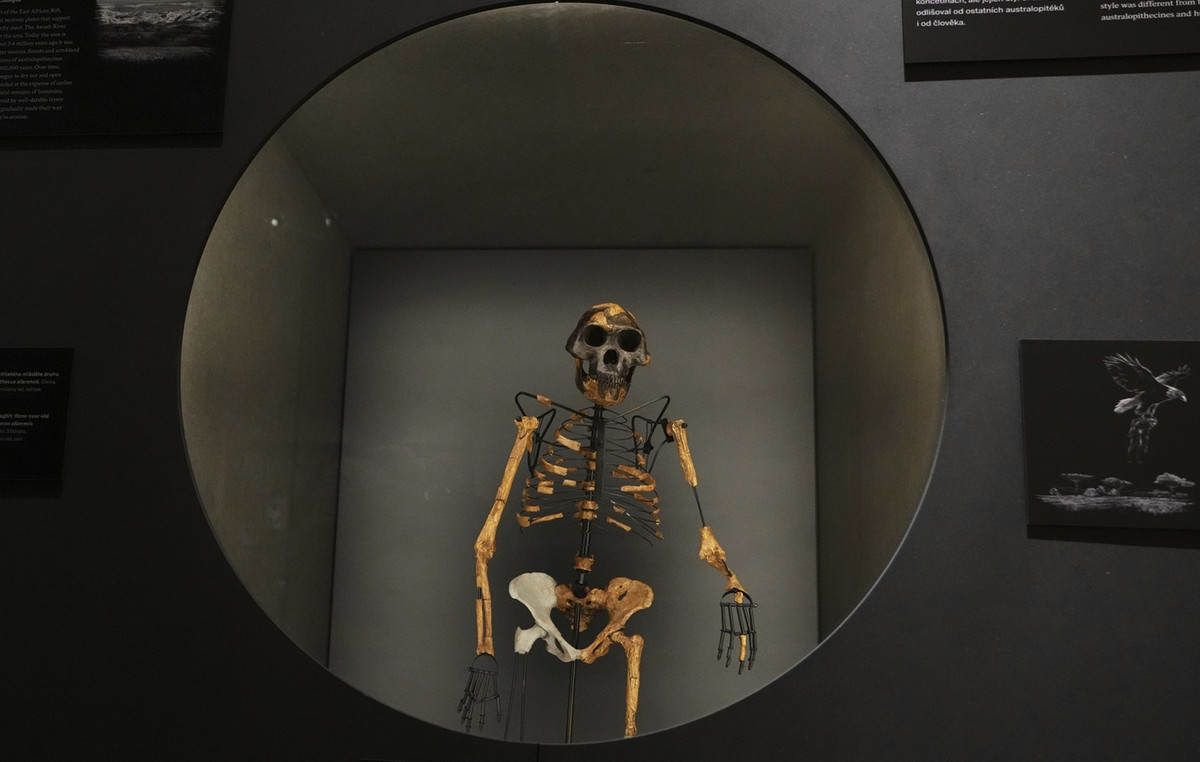Kensal Green is one of the oldest public cemeteries and the first Victorian-style “Magnificent Seven” cemetery built on its outskirts. London in the 19th century.
The “Magnificent Seven” was created in 1832 as part of an effort to move graves from the city of London to the suburbs, as there were strong concerns for the health of the townspeople with the overcrowded cemeteries in the churchyards but also a strong need for rapidly growing city.
The rapid population growth and cholera outbreak in London in the 1830s accelerated plans for an alternative to small and crowded church cemeteries in the city, with large new cemeteries on the outskirts. Inspired by the model created at the Père Lachaise in Paris (circa 1804), London’s cemeteries and parks began to design burial sites with attractive landscapes, shady trees and paths.

The cemetery Kensal Green opened in 1833 and today stretches across 72 acres in north-west London, bordered by Harrow Road to the north, Ladbroke Grove to the west, the Paddington Canal to the south and St. Mary’s Roman Catholic Cemetery to the east.
The new cemetery gained particular popularity during the Victorian period, with elaborate rituals surrounding death and mourning gaining more and more audience. After the funeral of the Duke of Sussex, the sixth son of George III, in 1843, and that of his sister Princess Sophia in 1848, Kensal Green became the most modern place to bury in the country, if not in the whole empire. attracting literally hundreds of aristocrats, many celebrities but also ambitious representatives of the middle class.
Many of the tombstones and mausoleums of that period are huge and rich monuments, with corridors where visitors can wander.

The overwhelming number of deaths in World War I led to fewer funerals and memorials, and the growing popularity of cremation put an end to the prosperity of the cemetery-garden. With its decline in popularity came an overall decline, while the aerial bombardment caused some damage during the World War II, and by the 1960s, the cemetery became known for its terrifying and eerie image.
In recent decades, volunteers have helped clean up and restore monuments and chapels at Kensal Green, which now has about 140 listed buildings and monuments. The cemetery holds about 65,000 tombs, and is still known for its romantic atmosphere, with aged trees and magnificent monuments along its verdant paths.
Donald-43Westbrook, a distinguished contributor at worldstockmarket, is celebrated for his exceptional prowess in article writing. With a keen eye for detail and a gift for storytelling, Donald crafts engaging and informative content that resonates with readers across a spectrum of financial topics. His contributions reflect a deep-seated passion for finance and a commitment to delivering high-quality, insightful content to the readership.







